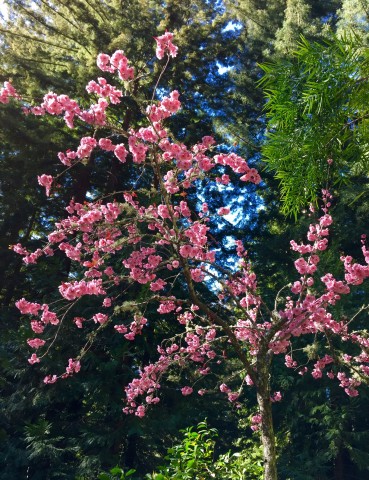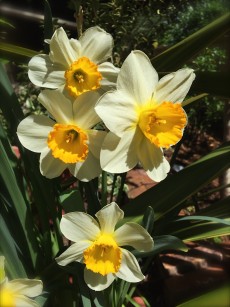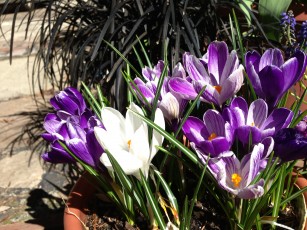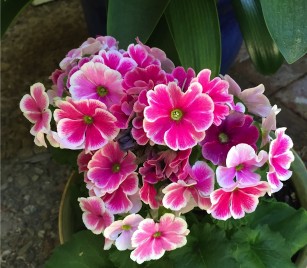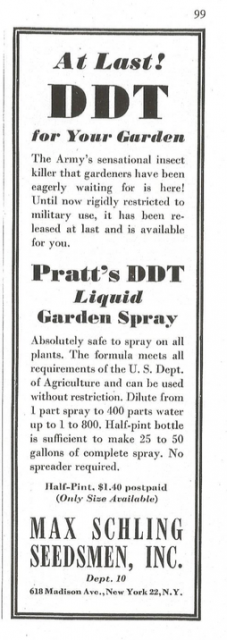I didn?t get everything done in May that I had on my to-do list. Who ever does? Anyone who tends a garden knows how fast plants grow with the longer, warmer days and nights. So this month I continue to work on my own garden tasks as well as help others renovate their gardens to look great, support native pollinators, wildlife and habitat.
If you battle dandelions and don’t want to use chemical weed killers around pets and children, get out the white vinegar from the cupboard. On a hot sunny day spray straight white vinegar directly on the weed. This method will kill whatever it touches so direct the spray carefully. If the dandelion is in the lawn, wait a week, pour some water on the dead spot to dilute any lasting effects of the vinegar. Then poke a bunch a holes and drop in some grass seed. Sprinkle a bit of fertilizer where the seed is planted and keep the area moist. In three weeks you won’t remember where the dead spot was and the dandelion will be long gone.
Many plants, both vegetable and ornamental, are bothered by aphids and other sucking insects as well as foliage and flower eating bugs. From cucumber beetles, flea beetles, stink bugs, weevils, curculios to borers, the list of trouble makers is endless. To help deter them mix up some pepper spray in your kitchen.
1 tablespoon hot pepper sauce or 1 teaspoon cayenne pepper
6 cloves garlic, crushed
1 quart warm tap water
Let stand I hour, strain and spray plants either in the morning or evening.

When the last flowers of your rhododendron, azalea, camellia, weigela and spirea have finished it?s time to prune them. If you prune too many months after flowering your risk removing the flower buds forming for next year. Basically it?s best to prune lightly each year to shape plants that have become too leggy. The rules apply to most plants. Prune to the next whorl or set of leaves. To increase rhododendron bloom next year, break off any faded flower trusses just above the growth buds being careful not to damage the new buds.
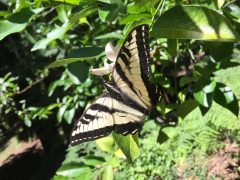
Apply the second fertilizer application for the year to your citrus and fruit trees. The final one for the season should be immediately after harvest. Apply the fertilizer to the soil around the drip line of the tree where feeder roots are located and scratch into the surface. Water in well. As with all fertilizers, make sure the trees are moist before you fertilize. Young trees in their first, second or third growing season should receive half the rate of established trees.
Another garden to-do this month includes summer pruning of wisteria. To increase flowering next spring and keep these vines under control cut new growth back to within 6″ of the main branch. If you want to extend the height or length of the vine, select some of the new streamer-like stems and tie them to a support in the direction you wish to train the plant.
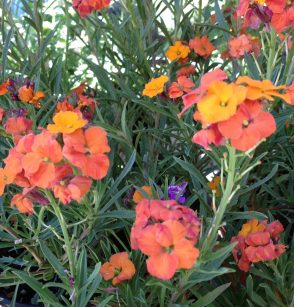
Another maintenance tip is to shear spring blooming perennials to keep them full and compact. Candytuft, phlox subulata, aubrieta and other low growing perennials benefit if you cut off spent bloom and an inch or two of growth. Other perennials and shrubs that benefit from the same treatment to keep them compact are erysimum, lavender and Pink breath of heaven.

